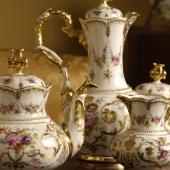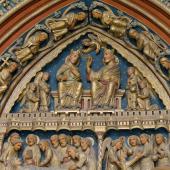Art for All
They throw the Art Basel again this week. There will be numerous VIP events at the huge art fair, at which art lovers again will check exclusive artworks and deal with high-priced businesses. Nevertheless, what about cheap art for everyone? Is there any at all, or is this claim outdated?
The demand for "art for all" arose in the seventies. This cultivation should allow everyone to get access to culture no matter how educated or wealthy one is. The reality does not looks different fifty years after this exclamation. Nevertheless, they are better-educated people visiting museums, trade fairs and galleries. The museums are very committed to open up to "cultural-distant milieu", for example by providing special events for people with an immigration background or even appointments for mothers with their little ones. However, the better cross-linked gallery owners, curators, collectors and art lovers run the main business.
There are some reasons for this. Today, art institutes run their businesses economically. While in the past a lowest admission fee for museums was customary, prices are being boosted today. If a museum does not follow this approach, it has to close.
Another important aspect is the "threatening death of gallery exhibitions" beeing pick out as a central theme by cultural critic Jerry Saltz. The business is increasingly being made at fairs and markets as well as online. The exhibition business becomes a luxury, as gallery owners are fighting for exhibitions of famous artists. The artworks are sometimes beeing offered here at the highest prices. Small galleries, which are mainly dedicated to young talents, can hardly claim a share of the market.
The opposite of "art for all" are private showrooms offered in established, large galleries. They show a selection of art collectors the most beautiful and best works in an exclusive space, apart from and undisturbed by the "normal" gallery visitors. This is where the big money is made. According to the current market analysis by Art Basel and UBS "The Art Market 2017", worldwide all in all world sales are listed with 56.6 billion US dollars in 2016.
Trade fairs, such as the Art Basel in Basel, Miami and Hong Kong, the Frieze Art Fair, the FIAC and others are now the central trading and communication platforms. They keep growing more and more like the biennials and the mega-exhibitions of the world. In recent years, museums have increasingly focused on their education tasks. The museum is an integral part of aesthetic, cultural and political education.




